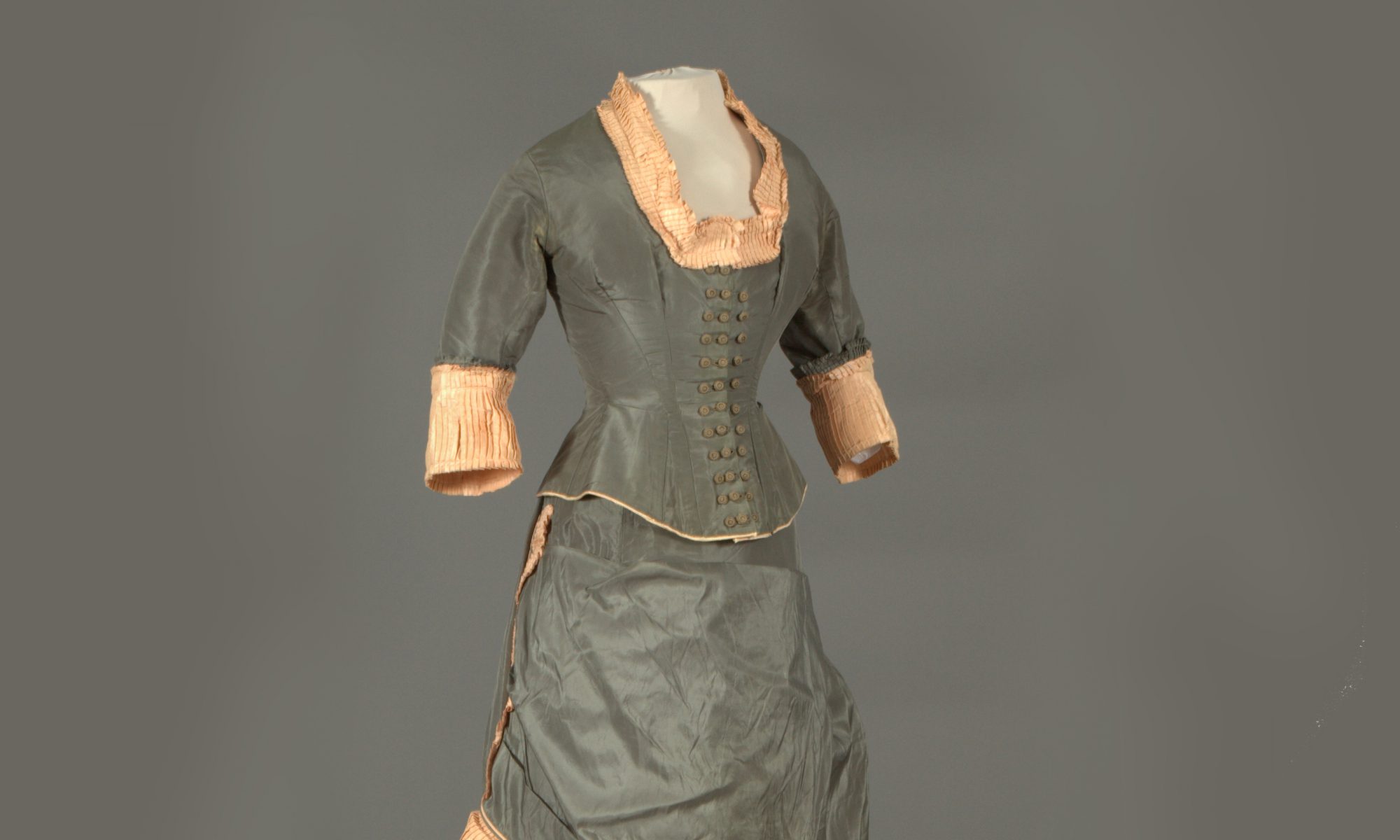Chloe’s post on Dressing Academically ties in neatly with the research I’ve been doing on the dichotomy between masculinized and hyperfeminized fashions worn by Vassar women at the turn of the century. Looking through graduation portraits from the 1890s, I found that while some women wore delicate white lingerie-style dresses for their photographs, others wore distinctly menswear-inspired suits of skirts, vests, and jackets paired with ties and boaters.
The menswear ensemble in its full manifestation constituted an unequivocal statement of independence and defiance of the traditional place of women in the late nineteenth century (Diana Crane, Fashion and Its Social Agendas). Elements of menswear, including lapels, made their way onto some styles of more mainstream fashionable dress, while others remained uncompromisingly feminine. Perhaps I misspoke, then, when I used the word “dichotomy”—portraits from the 1890s contain a continuum of fashion choice ranging from the hyperfeminine to the uncompromisingly masculine with plenty in between.
The question this raises for me is: to what extent did the choices women at Vassar made regarding their clothes reflect their attitudes about their education? In her letters from 1898-1902, Fanny Simpson (who is concerned primarily with her social life and of whom many photographs exist, all showing her in very fashionable, feminine dress) refers to her more academically-focused peers as “grinds.” A fruitful next step may be to seek out photographs of those women to see whether their fashion choices reflected the masculinized style of dress.
Any discussion of the masculine/feminine divide regarding academia does of course raise questions of inherent devaluing of women, as I touched on in my comment on Chloe’s post. If the more academically oriented Vassar women did indeed wear more masculine clothing, to what extent does that choice does that choice represent a liberation from the oppressiveness of the tyranny of femininity, and to what extent does it represent a demand that women subsume themselves under the tyranny of masculinity in order to be taken seriously?

